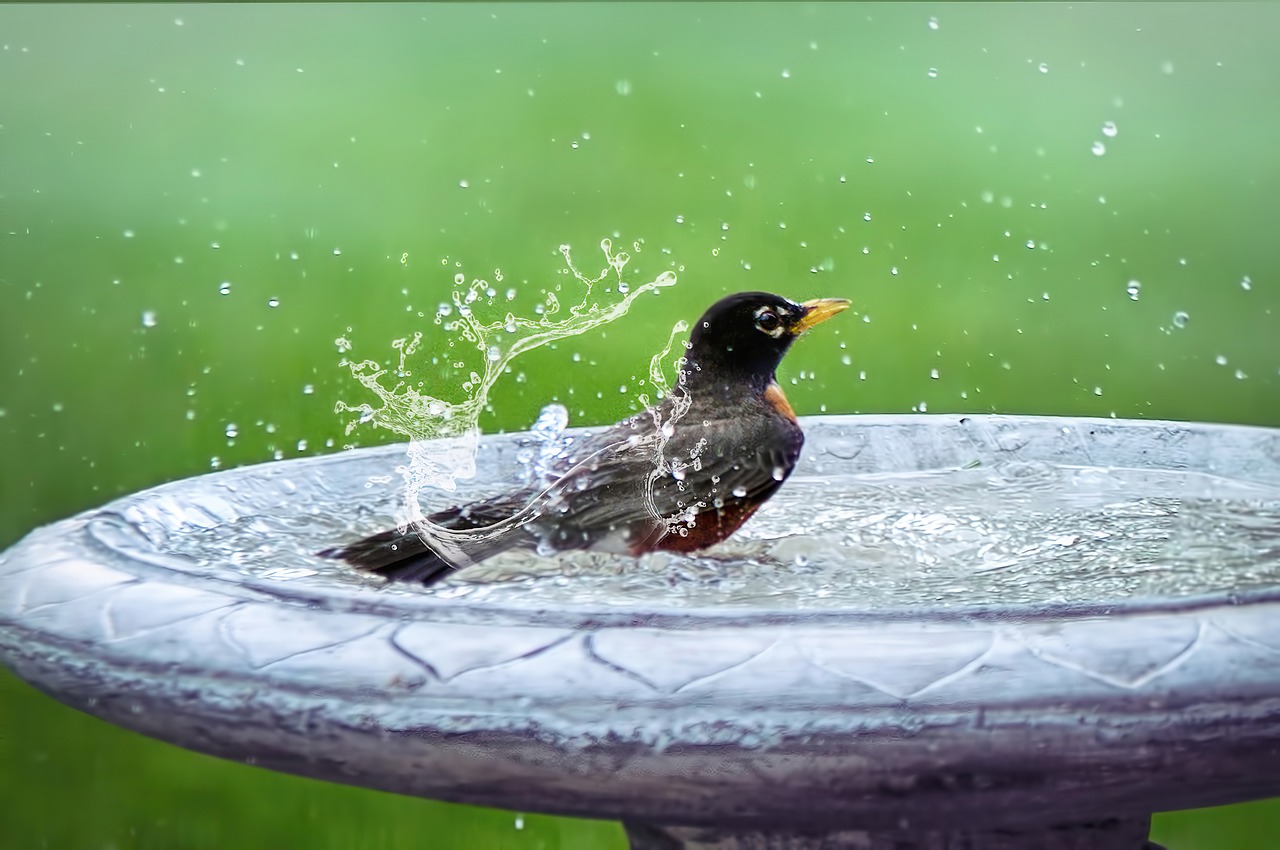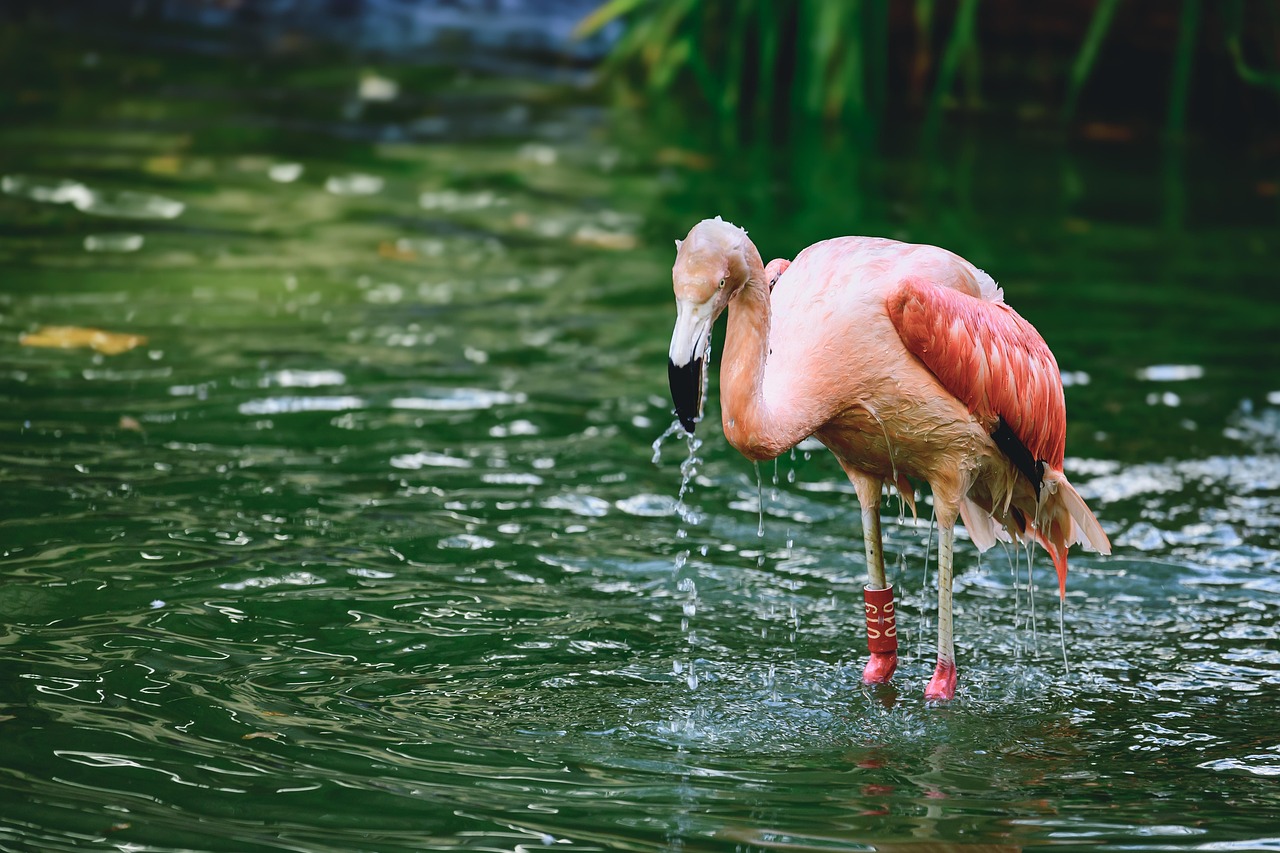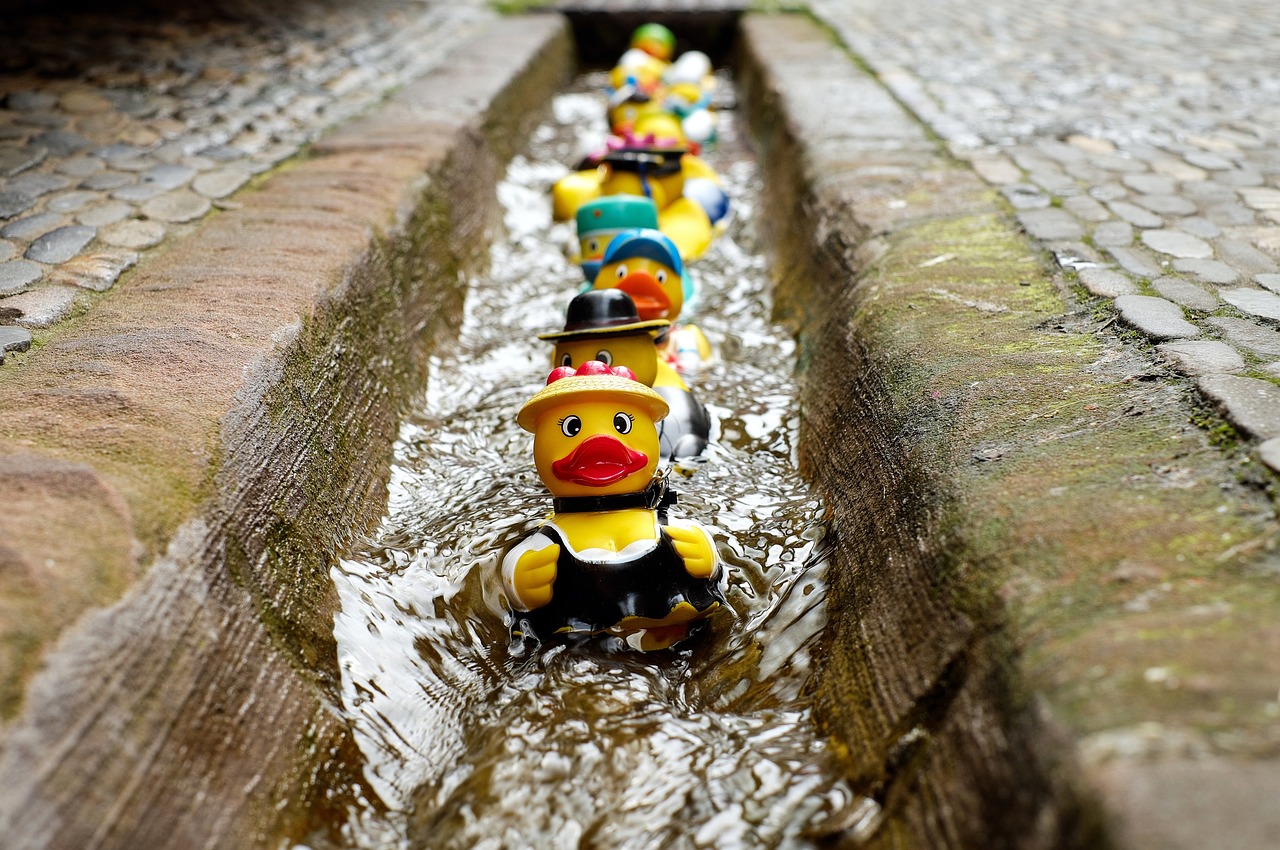Common bird bath mistakes include choosing the wrong location, neglecting cleanliness, and using unsuitable materials. To avoid these pitfalls, ensure your bird bath is placed in a safe, visible area, cleaned regularly, and made from bird-friendly materials.
Bird baths serve as vital resources for local wildlife. They provide birds with water for drinking and bathing. This is essential, especially in dry seasons when natural water sources may be scarce. However, many bird enthusiasts make mistakes while setting up and maintaining their bird baths. These errors can deter birds from visiting and enjoying the facilities you provide. Understanding these common pitfalls is key to creating a welcoming environment for avian visitors.

Before diving into the specific mistakes, it’s important to recognize the key benefits of having a bird bath in your garden or yard. Not only do bird baths attract various species of birds, but they also add beauty to your landscape. Additionally, observing birds can provide a sense of peace and connection with nature.
Common Mistakes to Avoid
There are several common mistakes that can undermine your efforts to create an inviting bird bath. Below are some of these errors along with tips on how to avoid them.
- Poor Location: Placing your bird bath in the wrong spot can deter birds. Avoid areas that are too exposed to predators or harsh weather.
- Neglecting Cleanliness: Dirty water can discourage birds from using the bath. Regular cleaning is essential to maintain a healthy environment.
- Inappropriate Materials: Some materials can be harmful to birds. It’s crucial to choose bird-safe materials for your bath.
- No Splash Zone: Birds love splashing around. A lack of movement in the water can make it less appealing.
- Ignoring Water Temperature: Birds prefer fresh, cool water. Heating the water can deter them from using the bath.
Understanding these mistakes can help you create a more effective setup that attracts a wider variety of birds. The following sections will delve into each mistake in detail, offering solutions and best practices.

Importance of Location
The placement of your bird bath is critical to its success. Birds need to feel safe when visiting your bath, so consider the surroundings carefully when deciding where to place it.
Here are some key factors to consider when choosing a location:
- Visibility: Birds prefer areas where they can easily see potential predators. Place the bath near shrubs or trees that offer shelter.
- Accessibility: Ensure that birds can access the bath easily. Avoid placing it in areas with dense foliage or obstacles.
- Sunlight: A location with partial sunlight can help keep the water fresh and encourage bathing behavior.
Cleaning Your Bird Bath
Maintenance is crucial for keeping your bird bath inviting. Birds will avoid dirty baths that harbor algae or bacteria. Regular cleaning will promote a healthy habitat for them.

A good routine includes:
- Cleaning the bath every few days, especially during hot weather.
- Using a mixture of vinegar and water for cleaning; avoid harsh chemicals that could harm birds.
- Rinsing thoroughly to ensure no residues remain before refilling with fresh water.
By following these guidelines, you create a safe space for birds. Ensuring cleanliness can significantly increase the frequency of visits from various species.
Choosing the Right Materials
The materials used in your bird bath influence its appeal and safety. Some materials can become too hot under sunlight, while others might leach harmful chemicals into the water.

Here are some recommended materials:
- Ceramic: Sturdy and easy to clean; however, ensure it’s not too heavy for your setup.
- Concrete: Durable and holds water well but can heat up quickly in direct sunlight.
- Glass: Attractive and easy to maintain; just be cautious of breaking.
Avoid using plastic materials that may degrade over time or leach chemicals into the water. By selecting appropriate materials, you enhance both the safety and longevity of your bird bath.
Creating an Inviting Environment
Once you have selected the right materials and ensured your bird bath is clean, the next step is to create an inviting environment. Birds are attracted not only to water but also to the overall setting of the bath. Here are some key factors to consider for enhancing the appeal of your bird bath.
Adding Surrounding Foliage
Integrating plants and foliage around your bird bath can make it more attractive to birds. Natural elements provide shelter and camouflage, making birds feel safer while they drink or bathe.
- Native Plants: Choose plants that are native to your area. They provide food sources and shelter for local bird species.
- Low Shrubs: Planting low shrubs around the bath allows birds to perch safely before approaching the water.
- Flowering Plants: Flowers attract insects, which can provide a food source for birds. They also enhance the visual appeal of your garden.
By creating a natural habitat around your bird bath, you increase its attractiveness to a variety of birds, encouraging them to visit more frequently.
Incorporating Movement
Birds are naturally attracted to moving water. Incorporating features that create movement can enhance the appeal of your bird bath significantly. Here are some ideas:
- Water Fountains: Adding a small fountain can create ripples and splashes, which attract birds’ attention.
- Water Drippers: A drip system can mimic natural water sources and keep birds interested in the bath.
- Solar-powered Water Features: These features not only save energy but also provide gentle water movement throughout the day.
The sound and sight of moving water can entice birds to come closer, making your bird bath a popular spot for both bathing and drinking.
Water Quality Maintenance
Maintaining high water quality is essential for attracting and retaining birds. Stagnant water can become a breeding ground for bacteria and algae, which can be harmful to birds. Here are practical tips for ensuring clean, fresh water:
- Regular Refills: Change the water daily, especially in hot weather, to prevent stagnation.
- Use a Water Conditioner: Consider using a bird-safe water conditioner that helps keep the water clean and clear.
- Monitor for Algae Growth: If you notice algae forming, scrub the bath thoroughly with a brush and refill with fresh water.
By taking these steps, you ensure that the water remains appealing and safe for birds, encouraging them to return often.
Avoiding Chemical Contaminants
Chemicals can be detrimental to birds’ health and should be avoided at all costs. This includes not only chemicals used in cleaning but also those found in pesticides and herbicides nearby. Here are some strategies to minimize chemical exposure:
- Use Natural Cleaners: Stick to vinegar or baking soda for cleaning your bird bath. Avoid bleach or other harsh chemicals.
- Avoid Pesticides: If you use pesticides in your garden, opt for natural alternatives or ensure they are applied far from the bird bath.
- Educate Yourself on Local Flora: Understanding which plants are safe for birds can help you create a healthier environment.
By being mindful of chemical usage, you contribute to a safer space for wildlife in your garden.
Seasonal Considerations
The care and maintenance of your bird bath can change with the seasons. Different weather conditions can affect how birds interact with your bath. Here are considerations for each season:
Spring
As temperatures rise, ensure that water is available and fresh. Birds will be nesting, so providing a reliable water source is crucial.
Summer
During hot months, check the bath daily. Water evaporates quickly, and birds need hydration more than ever. Consider adding shade around the bath to keep the water cooler.
Fall
As leaves fall, they can clog the bird bath. Regular cleaning becomes essential to maintain water quality. Birds also begin their migration during this time; a reliable water source can attract migratory species.
Winter
In colder months, it may be necessary to provide heated water. Birds still require hydration, and ice-covered baths will deter them. Consider investing in a heated bird bath or using a bird-safe heater.
By adjusting your maintenance routine according to seasonal changes, you can continue to attract birds year-round and support their needs effectively.
Enhancing Bird Bath Safety
Safety is a crucial aspect of creating an inviting bird bath. While providing water is essential, ensuring that birds can use the bath without risk of injury is equally important. Below are several considerations to enhance the safety of your bird bath.
Choosing the Right Depth
The depth of your bird bath plays a significant role in how birds interact with it. Shallow baths are more appealing to many bird species, as they allow for easy access to water without the risk of drowning.
- Optimal Depth: Aim for a depth of 1 to 2 inches. This allows birds to wade in safely while still providing adequate space for bathing.
- Gradual Slopes: If your bird bath has a sloped bottom, birds can easily enter and exit the water without difficulty.
- Adding Rocks or Pebbles: Introducing small rocks or pebbles can create stepping stones within deeper baths, making it easier for birds to navigate.
Ensuring Stability
A wobbly or unstable bird bath can be dangerous for birds. Ensuring stability will help prevent accidents and encourage birds to visit safely.
- Secure Base: Place your bird bath on a flat, stable surface. If necessary, use bricks or stones to secure it in place.
- Weight Considerations: If you have a lightweight bird bath, consider filling it with sand or gravel to prevent tipping.
- Regular Checks: Periodically inspect your bird bath to ensure it remains stable and secure.
Avoiding Harmful Additives
When maintaining your bird bath, it is essential to avoid harmful additives that could pose risks to birds. Many common products can be toxic or harmful if ingested or absorbed through the skin.
- Avoid Chlorine: Chlorinated water can be harmful to birds. Always use untreated water for your bird bath.
- No Soap or Detergents: Even mild soaps can leave residues that are dangerous to birds. Stick to natural cleaning methods.
- Skip Insecticides: Insecticides and pesticides should never be used near the bird bath, as they can poison wildlife.
By being mindful of what you introduce into the environment surrounding your bird bath, you contribute to a safer habitat for visiting birds.
Choosing the Right Design
The design of your bird bath can also affect its usability and safety. Selecting a design that meets the needs of various bird species can enhance their experience.
Different Styles of Bird Baths
There are several styles of bird baths, each with unique features that may appeal to different birds. Here are some popular designs:
- Pedestal Bird Baths: Elevated baths provide a clear view for birds and deter ground predators.
- Ground-level Bird Baths: These allow species that prefer to bathe close to the ground easy access.
- Wall-mounted Bird Baths: Ideal for small spaces, these baths can be mounted at various heights for easy access.
Selecting a design that suits the types of birds in your area can increase engagement and make your bird bath a favorite spot for feathered friends.
Additions for Comfort
To further enhance the comfort and usability of your bird bath, consider adding features that encourage bathing behavior and provide safety.
- Textured Surfaces: Textured bases help provide grip for birds, preventing slips when they enter or exit the water.
- Shallow Slopes: Gradual inclines allow birds of all sizes to access the water easily.
- Splash Guards: Adding splash guards around the edges can help prevent water from spilling out, keeping the area cleaner.
Incorporating these design elements will not only make your bird bath more functional but also more appealing to a wider variety of birds.
Observing Bird Behavior
Finally, understanding bird behavior can help you make adjustments that improve the utility and safety of your bird bath. Observing how different species interact with your setup provides valuable insights into their needs and preferences.
- Feeding Patterns: Note what times of day birds are most active around your bath. This knowledge can inform when to check water levels and cleanliness.
- Bathing Preferences: Different species may prefer different bathing styles; some enjoy splashing while others prefer gentle wading. Adjust the water level accordingly.
- Nesting Behavior: Be mindful if birds begin nesting nearby, as this can affect their behavior and how often they visit your bird bath.
By taking the time to observe and understand avian visitors, you can make informed choices that lead to a thriving bird-friendly environment in your yard.
Maintaining Year-Round Bird Bath Engagement
To ensure that your bird bath continues to attract birds throughout the year, consider implementing some additional strategies. These practices will help keep your bird bath a popular watering spot for both local and migratory species.
Seasonal Decorations
Adding seasonal decorations can make your bird bath more visually appealing and inviting. Different decorations can attract various birds during different times of the year. Here are some ideas:
- Spring: Use bright flowers or colorful decorations that reflect the vibrant new growth of spring.
- Summer: Incorporate colorful garden statues or sun catchers that glimmer in the sunlight.
- Fall: Add pumpkins or autumn-themed decorations that blend well with the fall foliage.
- Winter: Use festive decorations such as holly or snow-themed ornaments to create a cozy winter atmosphere.
Seasonal changes not only attract birds but also enhance the aesthetic appeal of your garden, making it a lovely spot for bird-watching enthusiasts.
Creating a Bird-Friendly Landscape
In addition to maintaining your bird bath, consider developing a bird-friendly landscape. This involves planting native shrubs and trees that provide food, shelter, and nesting sites for birds.
- Berries and Seeds: Plant berry-producing shrubs and seed-bearing plants to provide natural food sources.
- Nesting Sites: Include trees and shrubs that are suitable for nesting, such as evergreens or dense hedges.
- Wildflower Gardens: Create a small wildflower garden to attract insects, which in turn can provide food for birds.
By enriching your landscape, you create a sustainable habitat that benefits not only birds but also other wildlife in your area.
Community Involvement
Engaging with your community can also enhance your bird-watching experience. Join local bird-watching clubs or participate in community events focused on wildlife conservation. Sharing tips and experiences with fellow bird enthusiasts can provide new insights into best practices for maintaining bird baths and attracting diverse species.
You might even find opportunities to collaborate on community gardens or bird-friendly initiatives that can enhance local habitats.
Final Thoughts
Creating a welcoming environment for birds through your bird bath requires careful planning and ongoing maintenance. By avoiding common mistakes and making informed choices about location, materials, cleanliness, and safety, you can significantly increase the number of feathered visitors to your yard. Observing bird behavior allows you to fine-tune your setup, ensuring it meets their needs year-round.
Remember that a thriving bird bath not only provides hydration for birds but also enriches your garden with life and activity. With consistent effort, you can transform your outdoor space into a biodiversity hotspot that supports avian wildlife while offering you the joy of watching these beautiful creatures interact with their environment.
In conclusion, by prioritizing safety, cleanliness, and proper maintenance, you will create an inviting oasis for birds. With every visit from a new species, you will gain further appreciation for the natural world around you, forging a deeper connection with nature right in your own backyard.
